This year I bought a front-loading washing machine, and I work hard to keep it mold-free. I even wipe the rubber gasket dry after each wash! Even so, there’s a musty smell that appears from time to time, and while I love the front-loading concept, I’m pretty surprised that in this day and age, washing machines so easily harbor mold and mildew. Issues can also occur from a washing machine that won’t fully drain, check out this guide on how to troubleshoot and drain a washing machine if this applies to you. Product designers out there–find an alternative to that rubber ring! But to get back on track, today my struggle with the washing machine ends. I’ve researched some easy ways to keep this appliance tidy, and I’m sharing my findings below. Read on for all the details on maintaining a clean washing machine… [from Luxury Travel & Lifestyle]
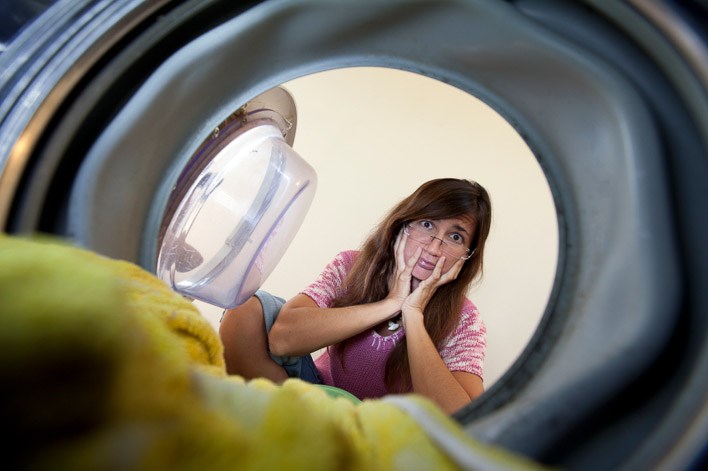
The Basics
Let’s start with some easy-to-follow tips that will help keep the washing machine clean on a regular basis. For starters, remove your clothing soon after the washing cycle is complete. Letting damp clothes sit in the washer is one sure-fire way to create an unwanted mildew-y smell. Not to mention, it results in clothing that smells less than fresh! [from Clorox Connects]
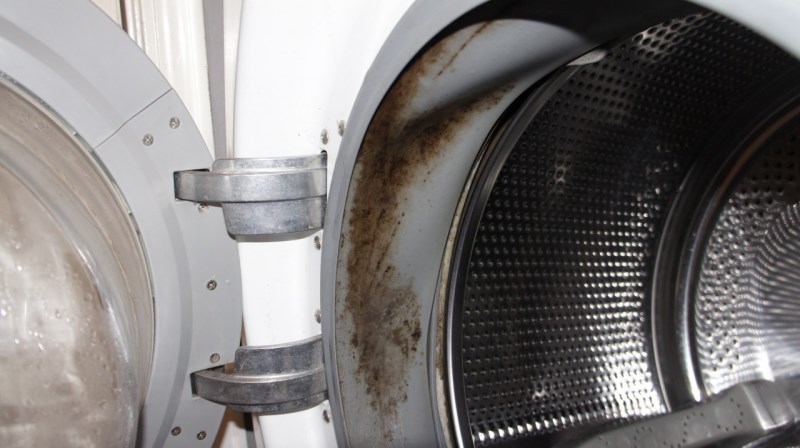
Wipe down the inside of your washing machine in between cycles. I try and do this each and every time I run a load of laundry, but it’s not always possible. Since I have a front-loading washer, I also try and get inside of the rubber gasket with my rag or paper towel, as this spot is a hiding place for gunk and moisture. Yuck! [from Eatoils Newsblog]
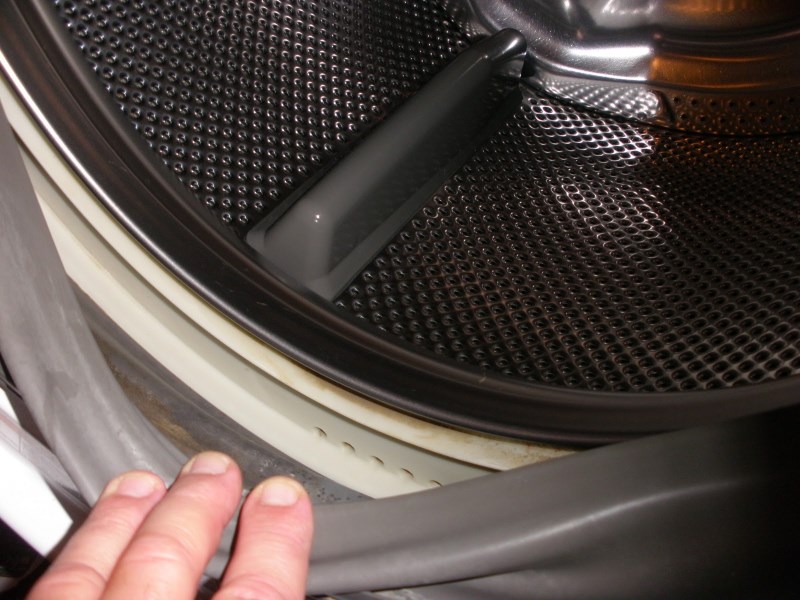
Keep the door of your washing machine slightly open so it can air out between washing cycles. A little bit of circulation goes a long way in preventing mildew buildup! [photo by Kate Simmons]
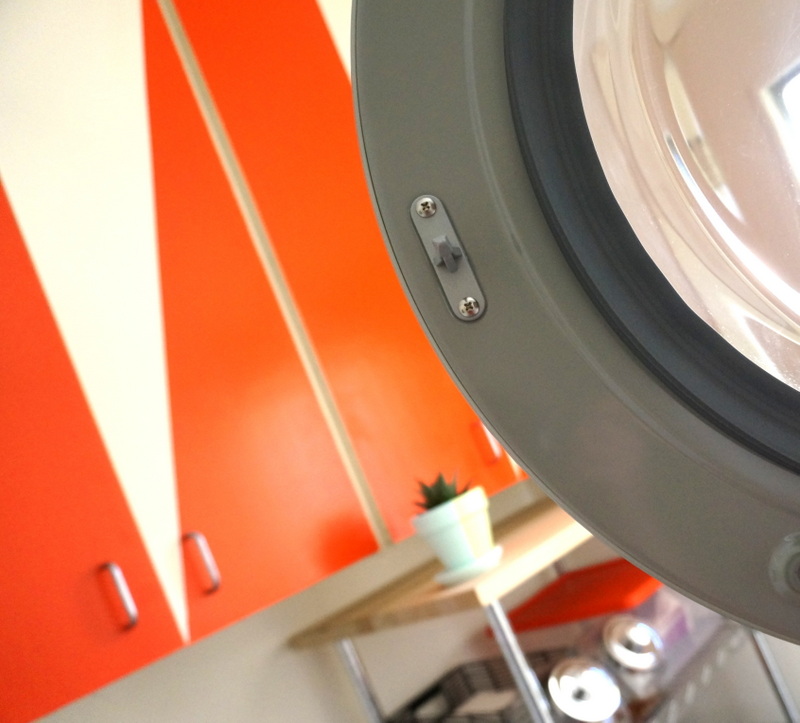
Don’t forget to dry out the dispenser drawers as well, as mold can grow in these compartments if water remains there over time. [from Simply Being Mommy]
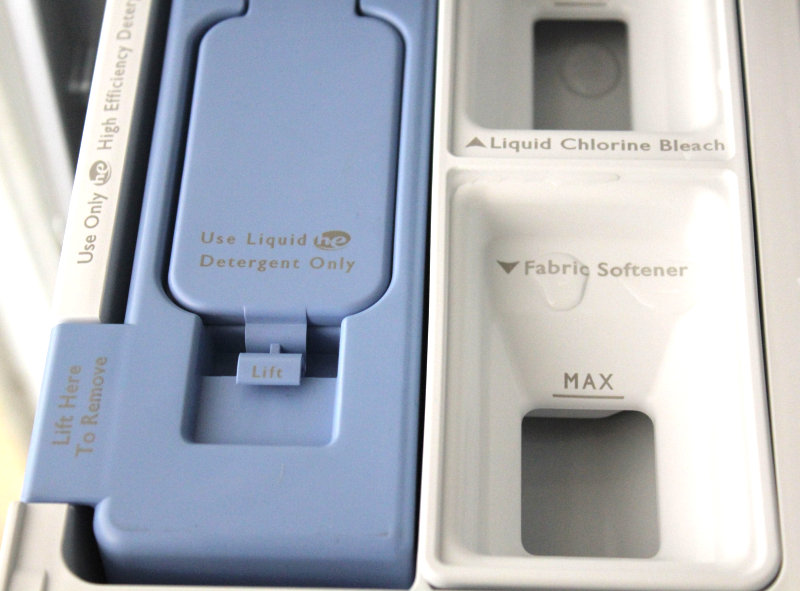
A Good Cleaning
If you follow the steps above, will they be enough to keep your washing machine mildew-free? Likely not. This is because the level of detail involved in thoroughly wiping down your washing machine after each use takes much patience. And it’s hard to imagine that you can give the washer this much attention after each cycle. [from Crisp Architects]

Not to mention, water, pet hair and other debris simply collect in hard-to-reach spots over time. A good cleaning can help remove difficult dirt and grime. Here’s what’s recommended: [from Interiors by Darren James]

For starters, check and see if your washing machine has a self-cleaning cycle. Yes, some of them do! Still not sure after checking the machine? The manual will guide you in the right direction. [from Vizimac]
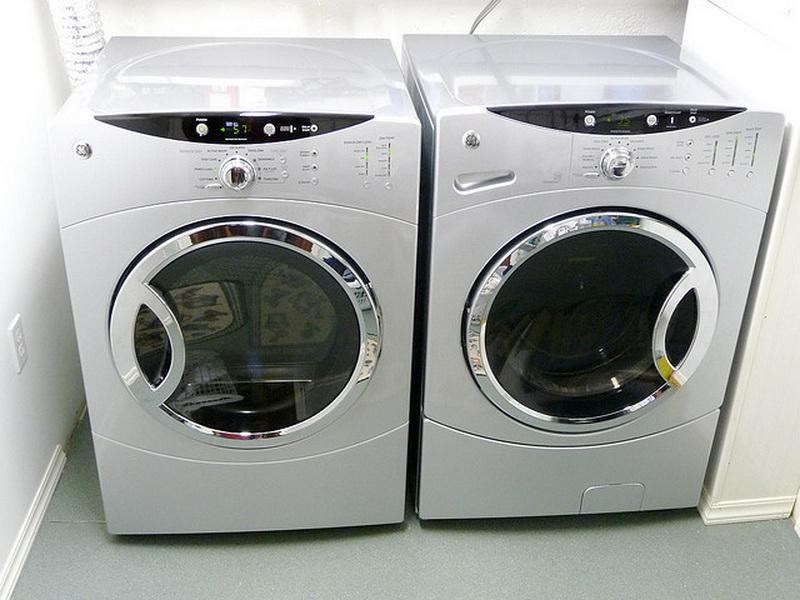
If your washer doesn’t have a special cleaning cycle, there are cleaners that are made just for washers. For example, Tide makes a washing machine cleaner that will help you maintain a clean appliance, as does Clorox. Affresh is another helpful option! [from Double Bugs]
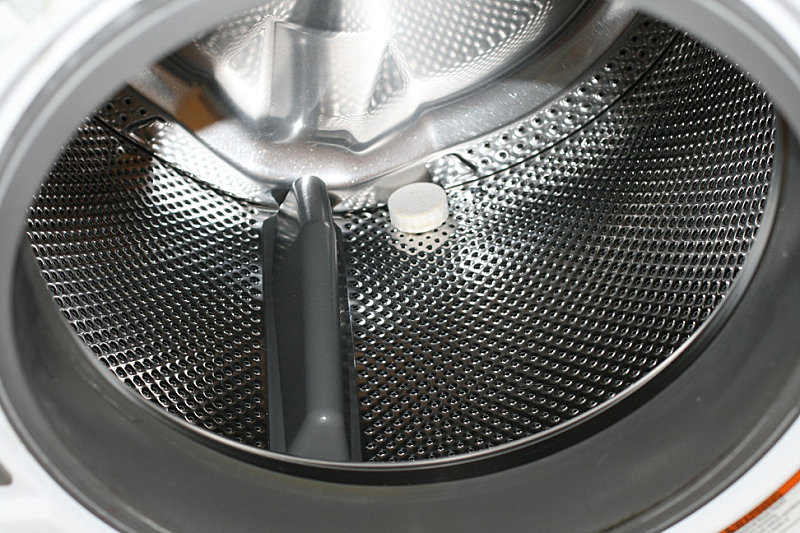
For another deep cleaning option, Good Housekeeping suggests putting liquid chlorine bleach in the dispenser and running a normal cycle using hot water. You may choose to run an extra cycle to wash away any bleachy residue. [from Pure Ella]
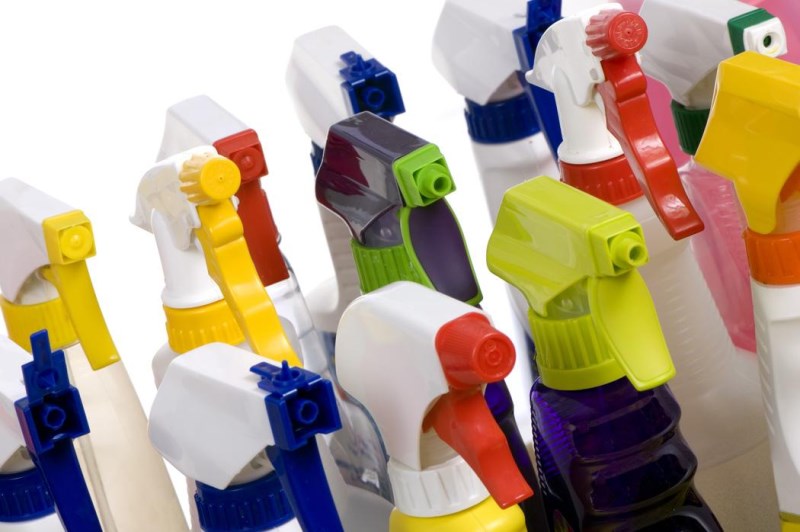
Good Housekeeping also reminds us that vacuuming out pet hair and other debris can be crucial when it comes to maintaining a clean washer. Use the soft brush attachment and make sure the drum and hair are dry before attempting to vacuum. [from Tomaro Design Group]

In addition, Treehugger offers some helpful eco-friendly cleaning tips. For example, you can use a half-water, half-vinegar solution to clean out the drum of your washer, as well as the door’s rubber seal, cleaning with a Q-tip for those hard-to-reach areas. DIY Natural suggests using a toothbrush–a great idea! [from Delta Dental]
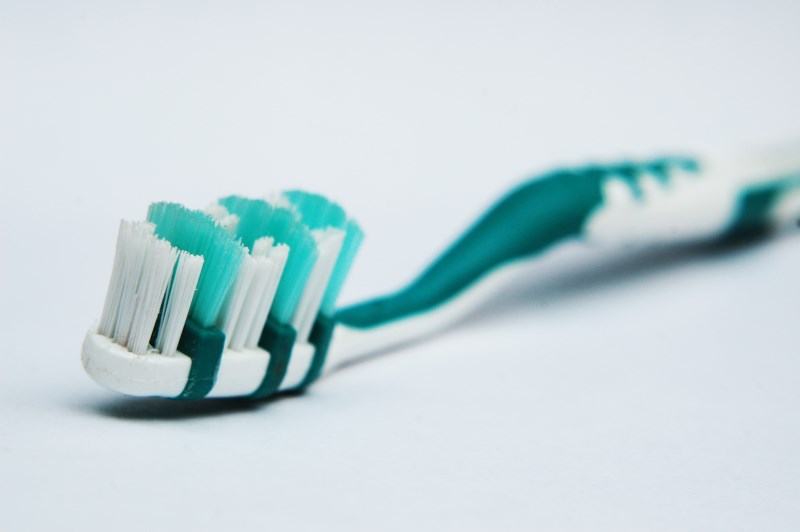
Finally, SFGate provides some helpful tips on cleaning a front-loading machine with baking soda and vinegar. Natural cleaners are amazing, but they can leave a residue that’s less than desirable. [from Chicago Defender]
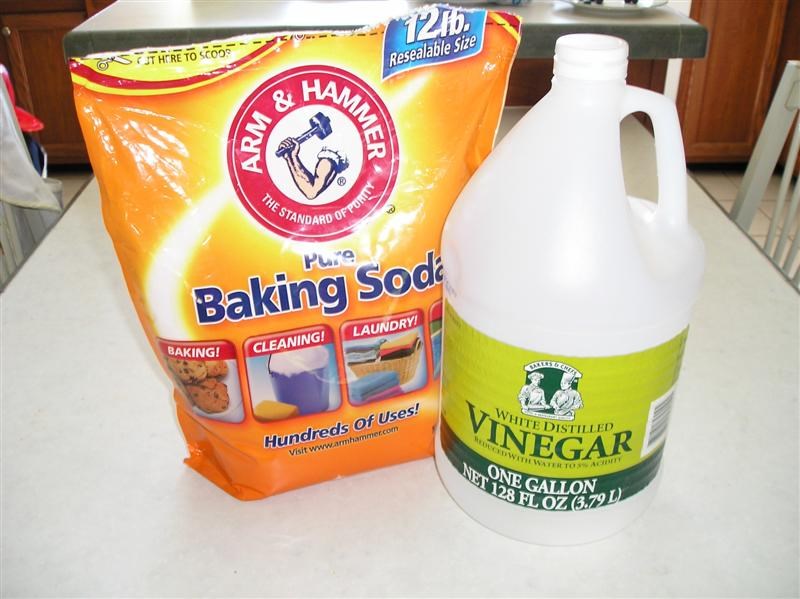
What’s an eco-conscious washing machine owner to do? For starters, try dissolving 4 tablespoons of baking soda into 4 cups of warm water. Now dip a sponge or rag into the mixture (making sure it’s saturated), and wipe down the inside of your washing machine. Run the washer through a rinse cycle to wash away any baking soda buildup. To view SFGate’s cleaning tips involving vinegar, click here. While natural cleaning methods are often preferred, you may need something a bit stronger to address more intense mold and mildew situations, such as the techniques mentioned earlier in this section. [from Wiki Talks]
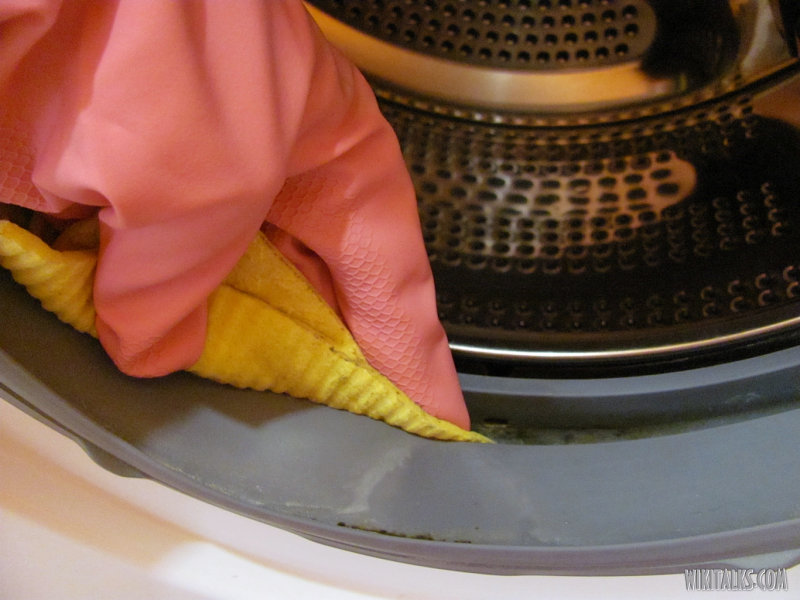
As always, consult your manual for cleaning tips specific to your washing machine, and you might even want to call the manufacturer and double check your cleaning method of choice. [from Renovations Unlimited]

After researching today’s topic, I feel like I have a slew of cleaning tips at the ready! And I’m a little embarrassed that I haven’t read my washer’s manual to check for a self-cleaning cycle. Guess it’s never too late! I hope this post was helpful to you as well. I’m off to go buy a toothbrush and vinegar so I can finally tackle that rubber gasket with gusto. Wish me luck! [photo by Spacecrafting Real Estate for Great Neighborhood Homes]













